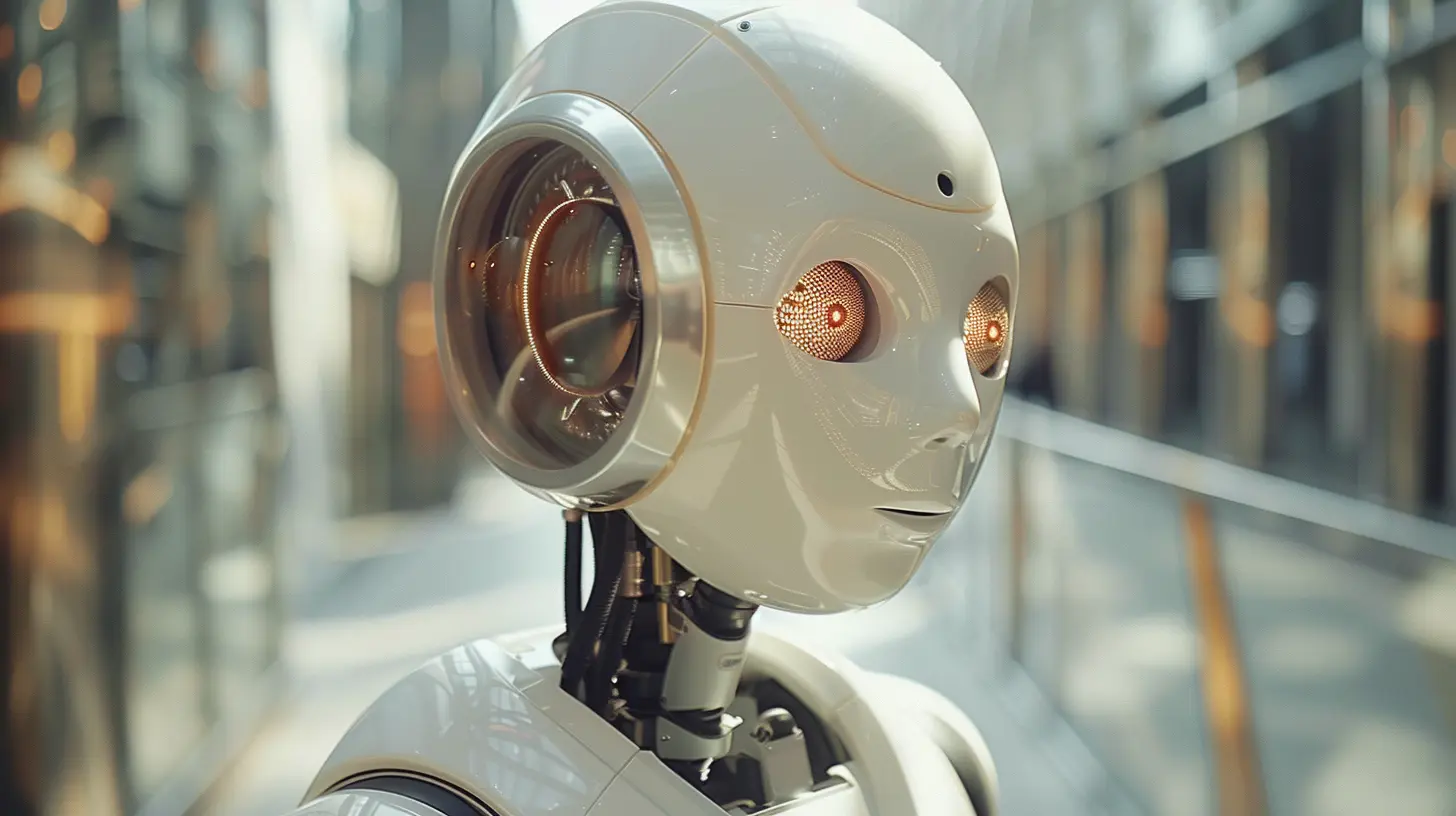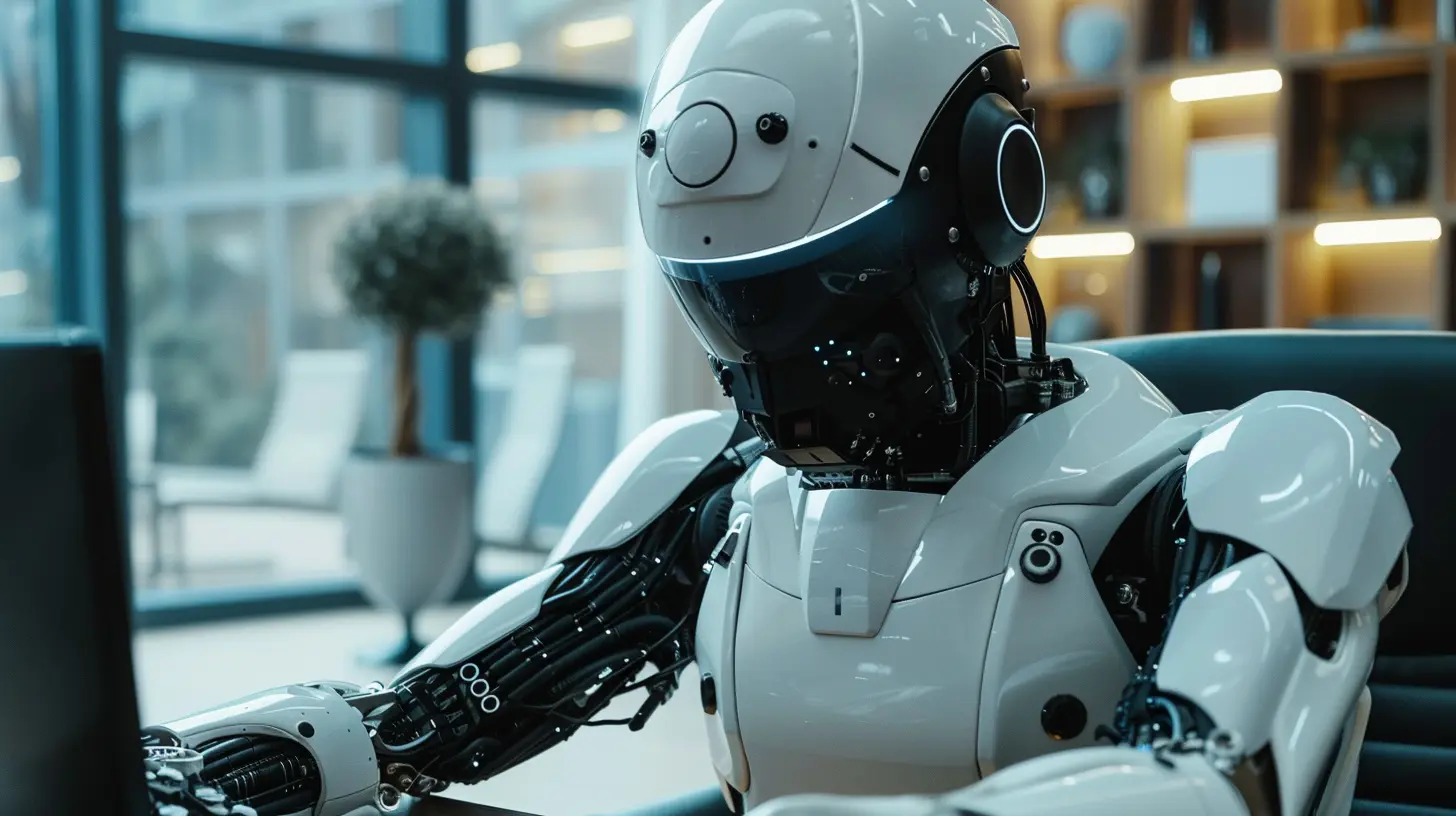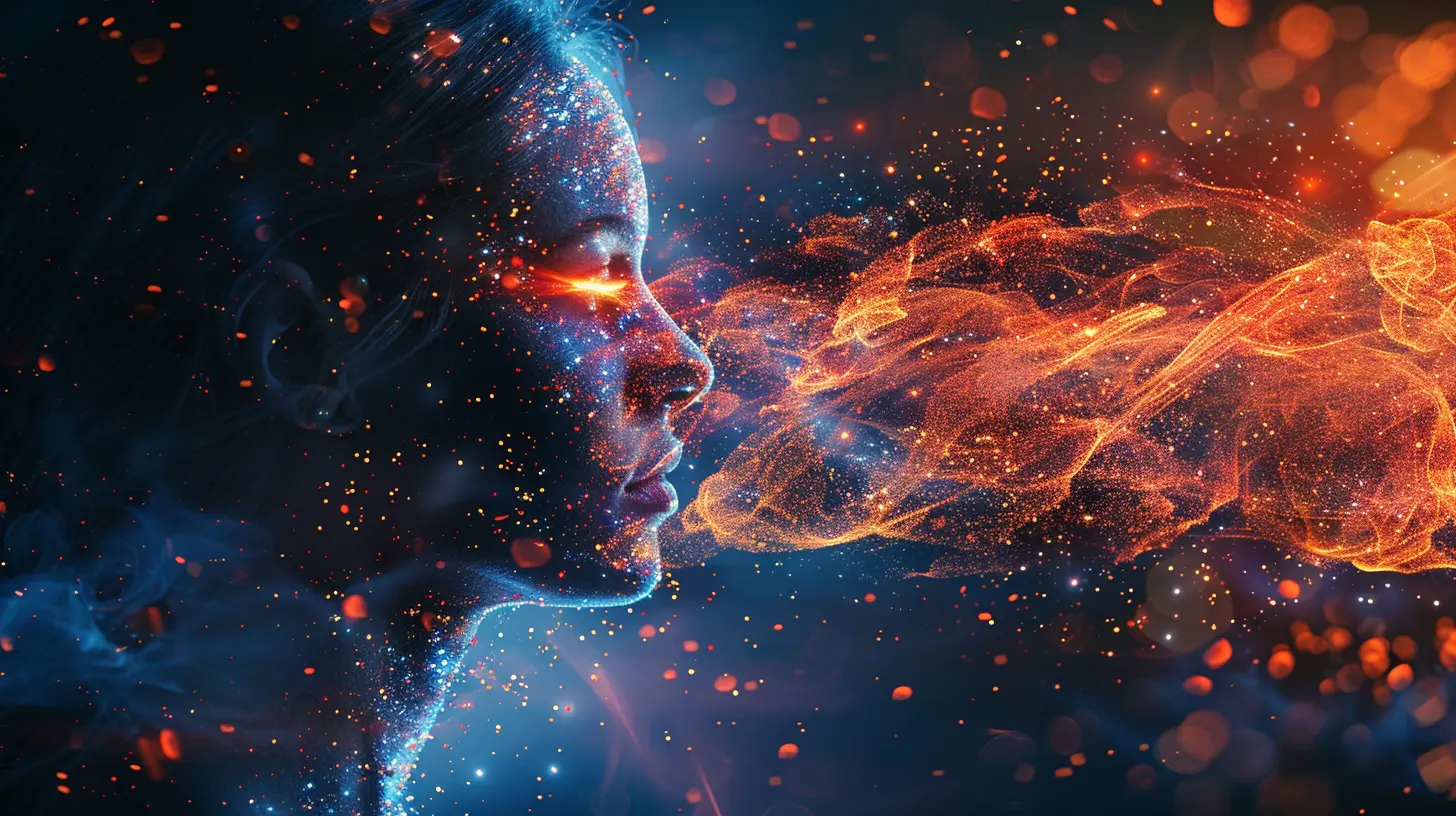Transforming HR with Artificial Intelligence and Automation
19 September 2025
Human Resources (HR) has always been the backbone of any organization. From hiring top talent to managing employee engagement, HR professionals juggle multiple responsibilities. But let’s face it—traditional HR processes can be tedious, time-consuming, and full of paperwork. That’s where Artificial Intelligence (AI) and automation step in, changing the game entirely.
Imagine having an assistant that never sleeps, never makes errors, and speeds up your workflow; that’s the power of AI and automation in HR. In this article, we’ll dive deep into how these technologies are reshaping HR, making it not only efficient but also more human-centric.

The Role of AI and Automation in HR
AI and automation in HR aren't just buzzwords; they are revolutionizing how businesses handle everything from recruitment to employee engagement. By leveraging AI-driven tools, HR teams can focus on strategic initiatives rather than being bogged down by repetitive tasks.1. Smarter Recruitment and Hiring
Recruiting the right people is one of the biggest challenges in HR. Traditional hiring involves sifting through hundreds of resumes, shortlisting candidates, and scheduling interviews—an exhausting process. AI can make it seamless.AI-Powered Resume Screening
AI-driven applicant tracking systems (ATS) can analyze thousands of resumes in minutes, identifying the most suitable candidates based on skills, experience, and keywords. Instead of spending hours reviewing applications, HR professionals can focus on interviewing top candidates.Automated Interview Scheduling
Gone are the days of back-and-forth emails to find a suitable interview time. AI-driven scheduling tools like Calendly and GoodTime automate interview coordination, saving time for both recruiters and candidates.Chatbots for Initial Interviews
AI chatbots conduct preliminary interviews, asking relevant questions and assessing candidates' responses. This ensures that only qualified candidates move to the next stage, streamlining the recruitment process.2. Streamlining Employee Onboarding
The first few days at a new job can feel overwhelming for new hires. AI-driven onboarding systems make the process smoother by automating document submissions, training schedules, and FAQs.Virtual Assistants for New Hires
AI-powered virtual assistants like chatbots can answer common employee queries, reducing the burden on HR teams. Need to know company policies? Just ask the bot.Automated Training Modules
AI-driven Learning Management Systems (LMS) tailor training programs based on an employee's role and learning style. This helps new employees get up to speed quickly without unnecessary manual intervention.3. Enhancing Employee Engagement and Retention
Happy employees are productive employees. AI analyzes employee feedback, predicts engagement trends, and provides actionable insights to improve workplace satisfaction.Sentiment Analysis for Employee Feedback
AI tools analyze employee surveys and feedback forms to detect patterns in job satisfaction. Companies can then address issues before they escalate into major concerns.Personalized Career Development Plans
AI assesses employee skills and suggests personalized training programs, ensuring continuous learning and career growth. When employees see a clear path for advancement, they’re more likely to stay with the company.4. Payroll and Benefits Management
Handling payroll manually increases the risk of errors and delays. AI-powered payroll systems ensure accurate salary calculations, tax deductions, and compliance with labor laws.Automated Payroll Processing
AI-driven software automates salary calculations, ensuring employees get paid correctly and on time. No more missed payments or tax miscalculations.Chatbots for Employee Benefits Queries
Employees often have questions about benefits like healthcare, retirement plans, or leave policies. AI chatbots provide instant responses, reducing HR workload.5. AI-Powered Workforce Analytics
Understanding workforce trends is essential for business success. AI-driven analytics offer valuable insights into employee performance, attrition rates, and productivity.Data-Driven Decision Making
AI collects and analyzes HR data to provide actionable insights. For example, if turnover rates in a department are unusually high, AI can help identify patterns and suggest potential causes.Predictive Analytics for Workforce Planning
AI can predict staffing needs by analyzing historical data, ensuring businesses have the right people in place when needed. This is especially useful in seasonal industries with fluctuating workforce demands.6. Workplace Bias Reduction
Unconscious bias in hiring and promotions can affect workplace diversity. AI-driven decision-making tools help eliminate bias by evaluating candidates purely on skills and experience rather than subjective factors.Blind Recruitment Processes
AI removes names, gender, and other demographic details from resumes during the screening process, ensuring unbiased shortlisting.Fair Performance Assessments
Performance evaluation tools powered by AI assess employees based on data-driven metrics rather than personal opinions, promoting a fairer work environment.
Potential Challenges of AI in HR
While AI brings numerous advantages, it’s not without its challenges. Companies need to be mindful of potential pitfalls.1. Ethical Concerns and Privacy Issues
AI relies on employee data, raising concerns about privacy and ethical use. Organizations must establish clear guidelines on data security and ensure compliance with regulations like GDPR.2. Resistance to Change
Employees may resist adopting AI-driven tools due to fear of job displacement. Communication is key—businesses should educate employees on how AI complements their roles rather than replacing them.3. AI Limitations and Errors
AI is only as good as the data it’s trained on. Biased or incomplete data can lead to flawed decision-making. Regular monitoring and refining of AI models are crucial to ensure accuracy.
The Future of AI and Automation in HR
The adoption of AI in HR is only going to grow. Future advancements may include AI-driven emotional intelligence tools that assess employee well-being, voice recognition for seamless interactions, and even virtual reality (VR) training modules.Businesses that embrace AI and automation in HR will not only improve efficiency but also create a more engaging and inclusive workplace. While AI handles the repetitive tasks, HR professionals can focus on what truly matters—building strong relationships with employees and fostering a positive company culture.

Final Thoughts
AI and automation are not here to replace HR professionals; they are here to empower them. By automating mundane tasks, HR teams can focus on strategic decision-making and enhancing employee experience.If your company hasn’t already started integrating AI into HR, now is the time. The future of HR is smart, data-driven, and incredibly exciting. Are you ready for the transformation?
all images in this post were generated using AI tools
Category:
Human ResourcesAuthor:

Lily Pacheco
Discussion
rate this article
1 comments
Scout Oliver
Embracing AI and automation in HR is not just about efficiency; it's about empowering people. Let's unlock potential, enhance collaboration, and redefine the workplace for a brighter future!
October 2, 2025 at 10:55 AM

Lily Pacheco
Thank you for your insights! Empowering people through AI in HR is indeed pivotal for fostering collaboration and unlocking potential in the workplace.

